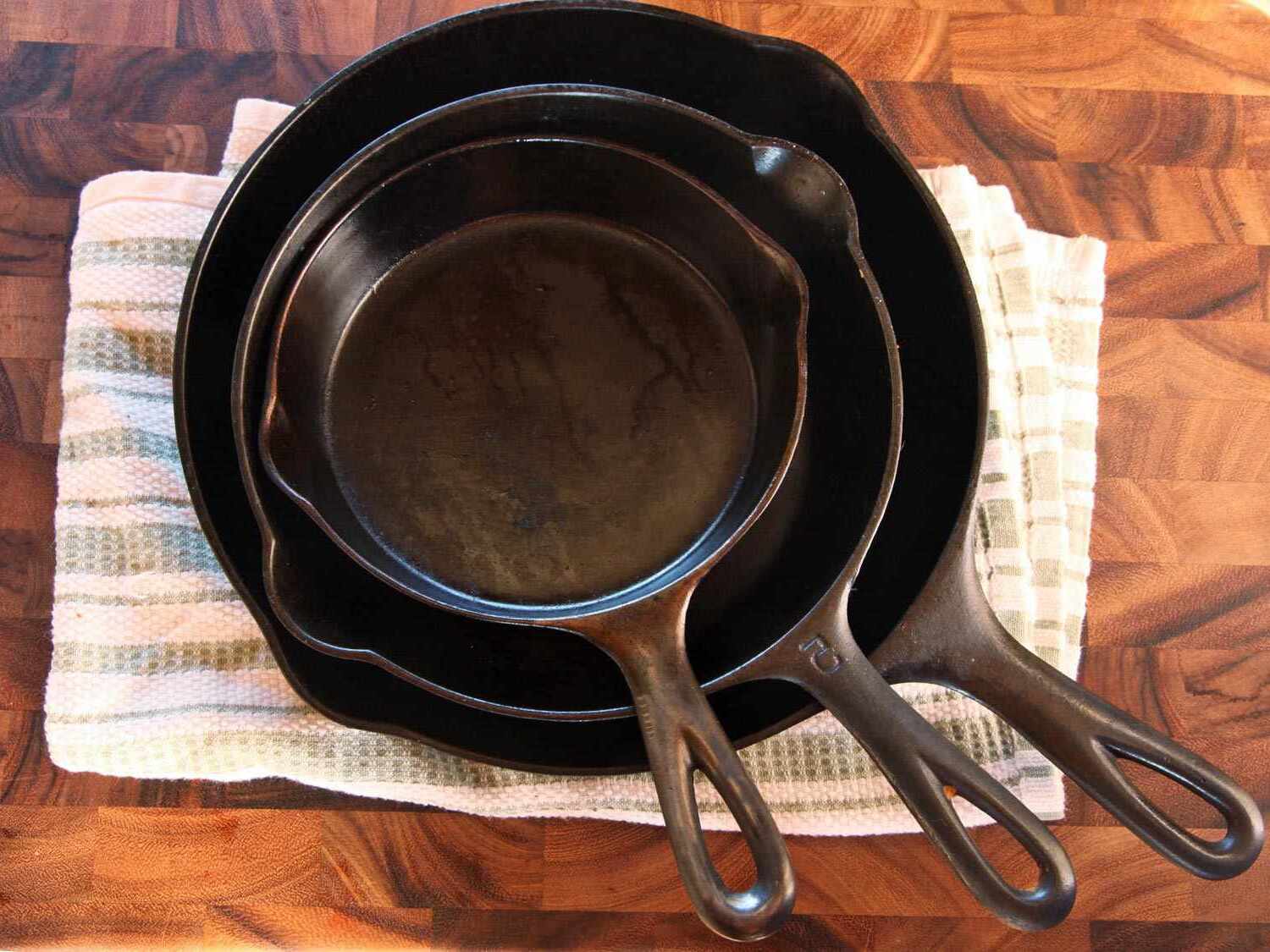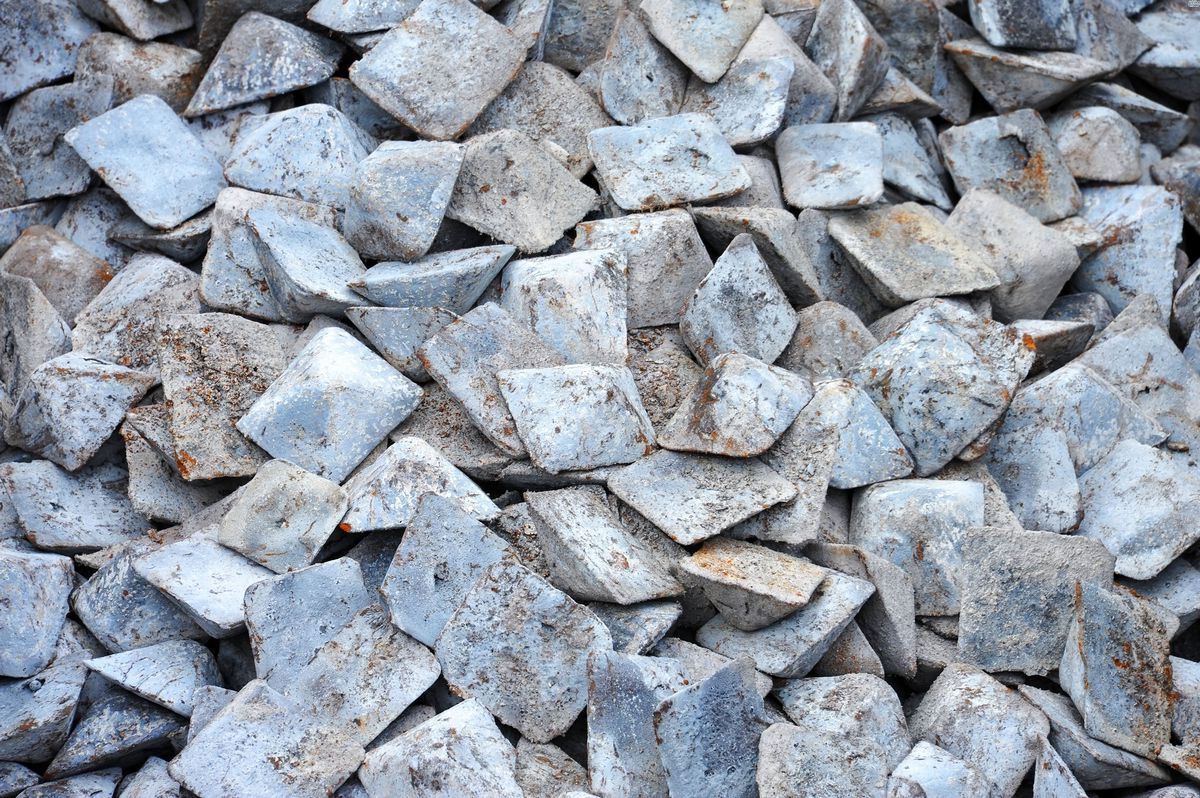
Cast iron has been a kitchen staple for centuries, and for good reason. This durable material not only stands the test of time but also offers unique benefits that modern cookware can't match. Ever wondered why your grandma's skillet still cooks like a dream? It's all about the seasoning and heat retention. Cast iron can go from stovetop to oven without missing a beat, making it incredibly versatile. Plus, cooking with cast iron can even add a bit of iron to your diet. Whether you're a seasoned chef or a beginner, understanding the ins and outs of cast iron can elevate your cooking game. Ready to dive into some cool facts? Let's get started!
Key Takeaways:
- Cast iron has a rich history dating back centuries, from its invention in China to its use in building the Iron Bridge in England. It's durable and versatile, making it a staple in kitchens and industries alike.
- Cast iron cookware offers numerous benefits, including even heating, versatility, and adding a small amount of iron to your food. With proper care, it can last for generations and is virtually indestructible.
History of Cast Iron
Cast iron has a rich history dating back centuries. Its durability and versatility have made it a staple in kitchens and industries alike.
- Cast iron was first invented in China around the 5th century BC.
- The first cast iron bridge, Iron Bridge, was built in England in 1779.
- Cast iron cookware became popular in Europe during the 16th century.
- The Dutch oven, a famous cast iron pot, originated in the Netherlands.
- Cast iron was used to make cannons and artillery in the 18th century.
Properties of Cast Iron
Understanding the properties of cast iron helps appreciate why it remains a favorite material for cookware and construction.
- Cast iron is known for its excellent heat retention.
- It has a high carbon content, making it very hard and brittle.
- Cast iron is resistant to deformation and wear.
- It has a relatively low melting point of about 1200°C.
- Cast iron can be cast into complex shapes due to its fluidity when molten.
Types of Cast Iron
Different types of cast iron cater to various needs and applications. Each type has unique characteristics.
- Gray cast iron is the most common type, known for its good machinability.
- White cast iron is hard and brittle, used in wear-resistant applications.
- Ductile cast iron, also known as nodular iron, has improved ductility.
- Malleable cast iron is heat-treated to improve its toughness.
- Compacted graphite iron combines the properties of gray and ductile iron.
Cast Iron Cookware
Cast iron cookware is beloved by chefs and home cooks for its performance and durability.
- Cast iron skillets are perfect for searing and frying due to their heat retention.
- Dutch ovens are versatile, used for baking, braising, and stewing.
- Cast iron griddles are ideal for pancakes, bacon, and other breakfast foods.
- Enameled cast iron cookware is easier to clean and doesn't require seasoning.
- Cast iron pans develop a natural non-stick surface with proper seasoning.
Benefits of Using Cast Iron
Using cast iron cookware offers numerous benefits that enhance cooking experiences.
- Cast iron can be used on any heat source, including induction.
- It adds a small amount of iron to your food, which can be beneficial for health.
- Cast iron cookware is virtually indestructible with proper care.
- It provides even heating, reducing hot spots in cooking.
- Cast iron can go from stovetop to oven, making it versatile.
Caring for Cast Iron
Proper care ensures that cast iron cookware lasts for generations.
- Seasoning cast iron involves coating it with oil and heating it to create a non-stick surface.
- Avoid using soap on cast iron; instead, use hot water and a stiff brush.
- Dry cast iron immediately after washing to prevent rust.
- Store cast iron in a dry place to avoid moisture buildup.
- Re-season cast iron periodically to maintain its non-stick properties.
Cast Iron in Construction
Beyond cookware, cast iron has played a significant role in construction and architecture.
- Cast iron pipes were widely used in plumbing during the 19th and early 20th centuries.
- Many historic buildings feature cast iron facades and columns.
- Cast iron was used in the construction of early skyscrapers.
- The Eiffel Tower in Paris contains cast iron components.
- Cast iron railings and fences are common in Victorian architecture.
Environmental Impact of Cast Iron
Considering the environmental impact of materials is crucial in today's world.
- Cast iron is 100% recyclable, reducing waste and conserving resources.
- The production of cast iron has a lower carbon footprint compared to some other metals.
- Using cast iron cookware reduces the need for disposable non-stick pans.
- Cast iron's longevity means fewer replacements and less waste.
- Recycling cast iron requires less energy than producing new iron from ore.
Fun Facts about Cast Iron
Here are some interesting tidbits about cast iron that might surprise you.
- The heaviest cast iron skillet ever made weighs over 500 pounds.
- Some cast iron skillets from the 19th century are still in use today.
- Cast iron was used to make the first manhole covers.
- The Statue of Liberty's internal structure is made of cast iron.
- Cast iron cookware can be used for baking cakes and bread.
Modern Uses of Cast Iron
Cast iron continues to find new applications in modern times.
- Cast iron is used in the automotive industry for engine blocks and brake rotors.
- It is employed in the manufacturing of heavy machinery and equipment.
- Cast iron is used in the production of manhole covers and drainage grates.
- Modern art and sculptures often incorporate cast iron elements.
- Cast iron is still a popular choice for outdoor furniture due to its durability.
Cast Iron's Timeless Appeal
Cast iron cookware has stood the test of time for good reason. Its durability, versatility, and ability to retain heat make it a favorite in kitchens around the world. Whether you're searing a steak, baking cornbread, or making a stew, cast iron delivers consistent results. Plus, with proper care, these pieces can last for generations, often becoming treasured family heirlooms.
Cooking with cast iron also offers health benefits. It can add a small amount of iron to your diet, which is especially helpful for those with iron deficiencies. And let's not forget the environmental aspect—cast iron is a sustainable choice, reducing the need for disposable cookware.
So, next time you're in the kitchen, consider reaching for that trusty cast iron skillet. It’s more than just a cooking tool; it’s a piece of history that continues to prove its worth.
Frequently Asked Questions
Was this page helpful?
Our commitment to delivering trustworthy and engaging content is at the heart of what we do. Each fact on our site is contributed by real users like you, bringing a wealth of diverse insights and information. To ensure the highest standards of accuracy and reliability, our dedicated editors meticulously review each submission. This process guarantees that the facts we share are not only fascinating but also credible. Trust in our commitment to quality and authenticity as you explore and learn with us.


